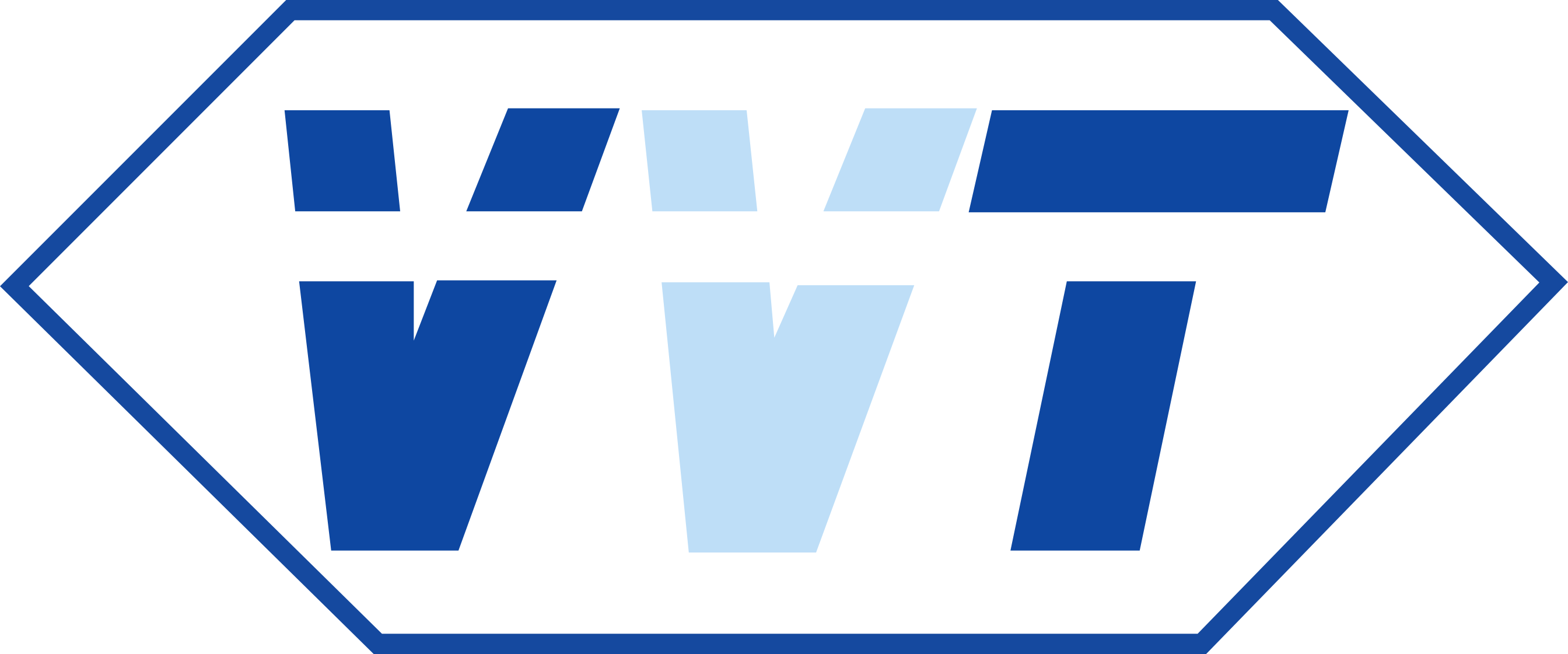Disc Check Valves FMDCV
A flanged metal disc check valve is a type of check valve used to prevent backflow in pipelines. When fluid flows in the desired direction, the disc inside the valve lifts, allowing the fluid to pass through. When flow stops or reverses, the disc closes under its own weight or with the assistance of a spring, preventing backflow.

Feature
Benefits
Piston valves regulate fluid flow by moving a piston or plug inside a cylindrical body to either block or permit flow through the valve.When the valve is open, the piston or plug is lifted or moved away from the valve seat, allowing fluid to flow through the passage.

Feature
Benefits
Forbes Marshall Safety Relief Valve FMSRV
The primary function of the FMSRV is to protect equipment and systems from overpressure situations by relieving excess pressure. The valve operates automatically in response to predetermined pressure levels. When the pressure inside the system exceeds the setpoint, the valve opens to discharge the excess pressure.

1.FMSRV (DN 15) Forbes Marshall Safety Relief Valve
The Forbes Marshall Safety Relief Valve (FMSRV) with a DN 15 designation refers to a specific model of safety relief valve manufactured by Forbes Marshall, with a nominal diameter (DN) of 15. The DN 15 designation indicates the nominal diameter of the valve, which is 15 millimeters. This size is suitable for applications where smaller flow rates or pipe sizes are involved.
2. FMSRV (DN20-50) Forbes Marshall Safety Relief Valve
The Forbes Marshall Safety Relief Valve (FMSRV) with a DN20-50 designation refers to a series of safety relief valves manufactured by Forbes Marshall, covering a range of nominal diameters from DN20 to DN50.The DN20-50 designation indicates that the FMSRV series covers a range of nominal diameters from DN20 to DN50. This range allows for flexibility in selecting the appropriate valve size based on the specific application requirements, flow rates, and pipe sizes.
Feature
Benefits


















One of the best supplier i could ever found. Plus you are the best and cheapest.